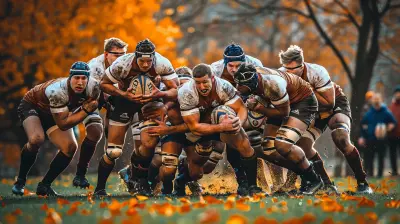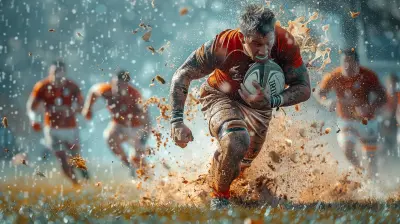The Essential Guide to Hydration for Endurance Athletes
20 October 2025
When it comes to endurance sports—whether it's running, cycling, swimming, or triathlons—hydration is just as critical as your training plan. You can have the best shoes, the lightest bike, and the most dialed-in nutrition plan, but if your hydration game is off, you're in for a world of trouble.
Dehydration can zap your energy, hurt your performance, and even lead to dangerous conditions like heat exhaustion or heat stroke. On the flip side, drinking too much water without replenishing electrolytes can cause hyponatremia, which can be just as dangerous.
So, how do you strike the right balance? In this guide, we’ll break down everything you need to know about hydration for endurance athletes—how much to drink, when to drink, and what to include in your hydration plan.
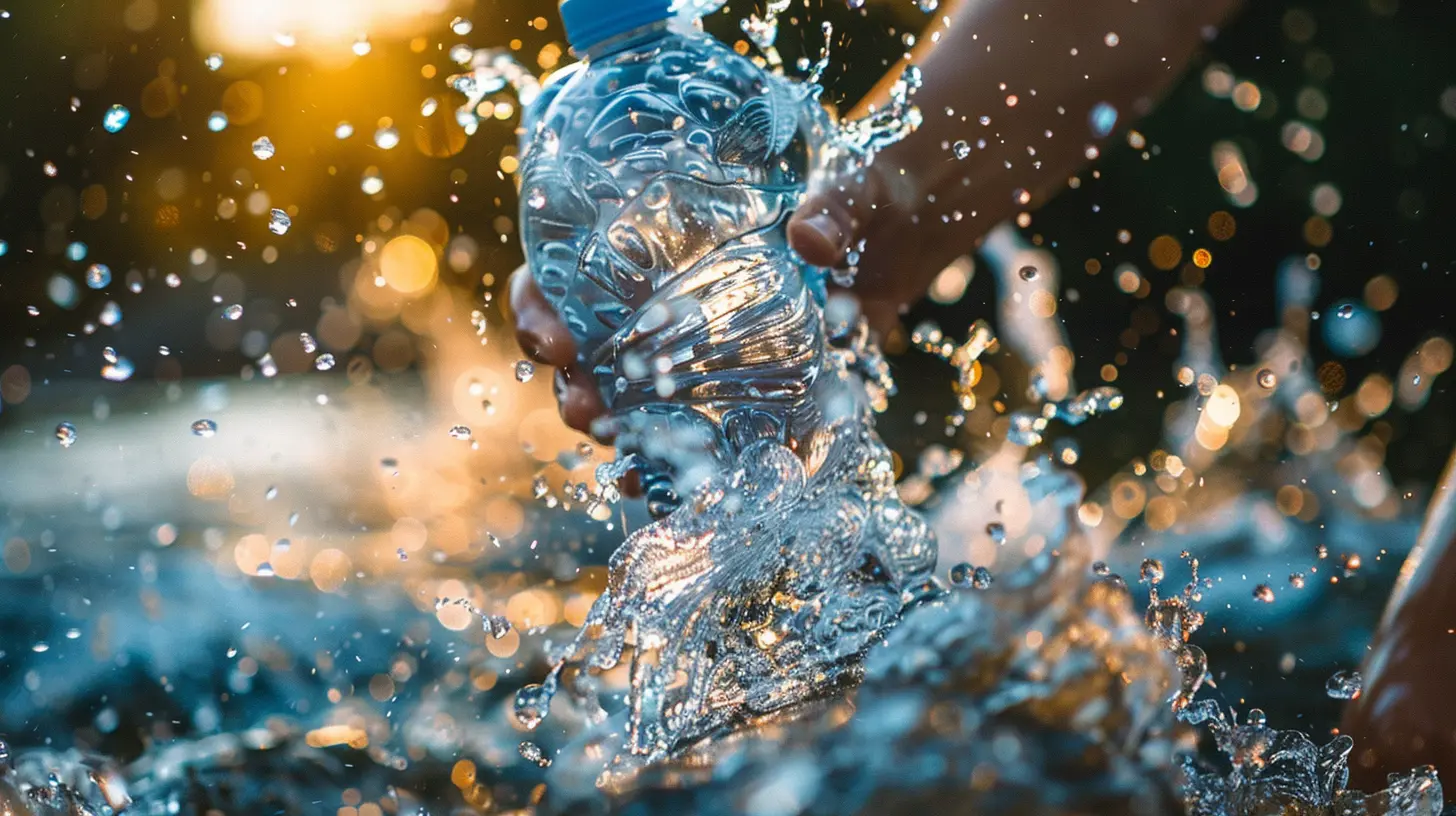
Why Hydration Matters for Endurance Athletes
Water isn't just about quenching thirst. It plays a vital role in almost every function of your body during endurance activities.- Regulates body temperature – As you exercise, you sweat to cool down. If you’re not hydrated properly, your body struggles to regulate heat.
- Maintains blood volume – When you're dehydrated, your blood thickens, making it harder for your heart to pump oxygen to your muscles.
- Boosts endurance and performance – Even mild dehydration (as little as 2% of body weight) can lead to a significant drop in performance.
- Prevents cramps and fatigue – Proper hydration helps prevent muscle cramps, dizziness, and early fatigue.
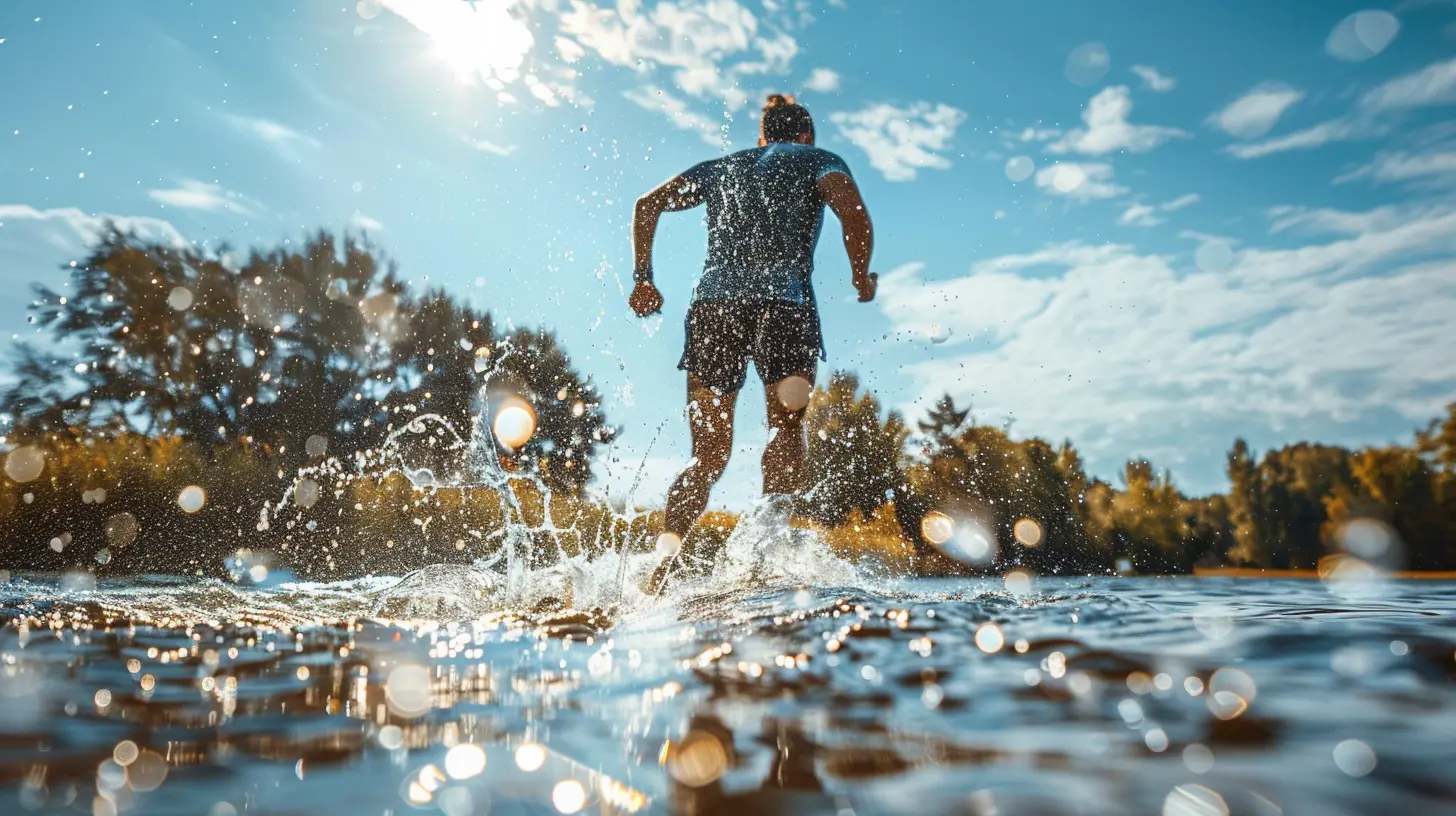
Signs of Dehydration (And Why You Shouldn't Ignore Them)
Your body gives signals when it's running low on fluids. If you ignore these, you're setting yourself up for failure. Here are some telltale signs of dehydration:- Increased thirst – If you feel thirsty, you're already slightly dehydrated.
- Dark urine – Light yellow or clear urine means you're well-hydrated. Dark yellow? Time to drink up.
- Dizziness or lightheadedness – Your body is struggling to deliver oxygen to your brain.
- Fatigue and sluggishness – Lack of fluids can cause premature fatigue, making workouts feel harder than they should.
- Muscle cramps – Low electrolyte levels combined with dehydration can trigger painful muscle spasms.
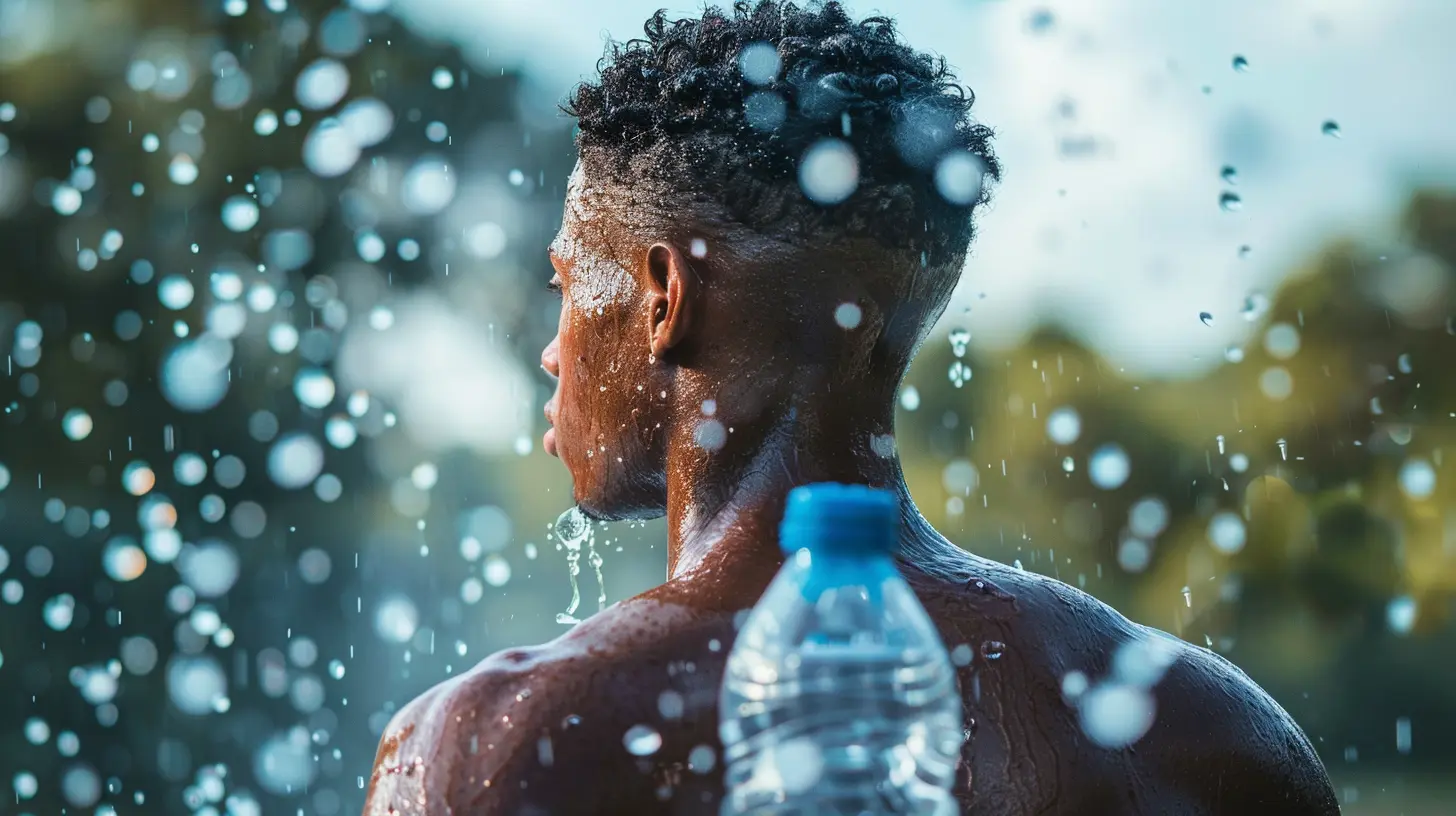
How Much Water Do You Really Need?
This is the million-dollar question. The answer? It depends.Each athlete is different, and hydration needs vary based on factors like body size, sweat rate, temperature, and workout intensity. However, a good rule of thumb is:
- Daily Hydration – Aim for about half your body weight in ounces of water daily. If you weigh 150 lbs, try to drink 75 oz of water daily, even on rest days.
- During Exercise – The American College of Sports Medicine suggests drinking 16-24 oz of water per hour of exercise.
- Post-Workout – Replenish what you lost by drinking 16-20 oz of water for every pound of body weight lost during exercise.
Want to be more precise? Weigh yourself before and after workouts. If you’ve lost weight, you didn’t drink enough. If you gained weight, you overdid it.
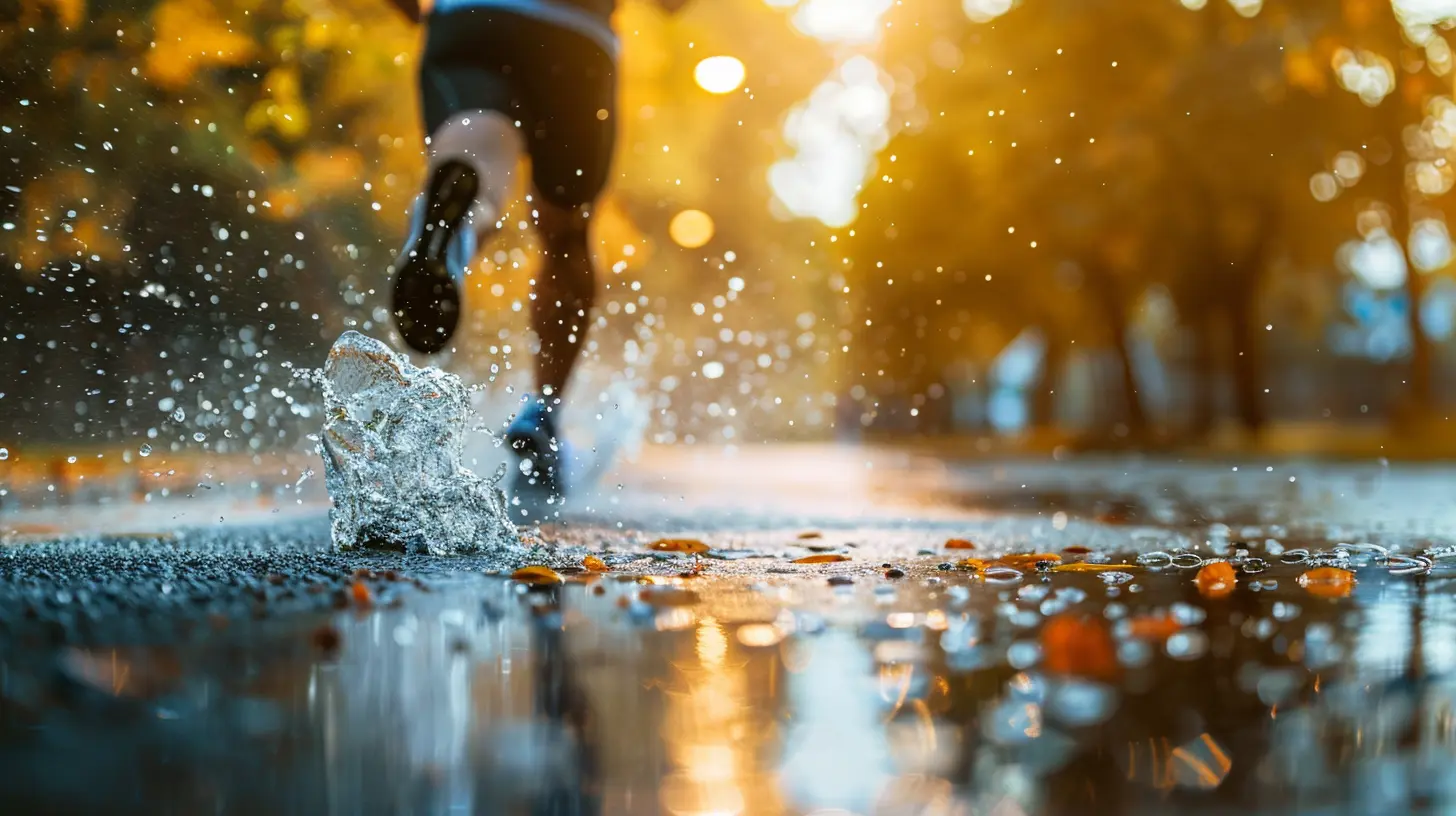
Water vs. Electrolytes – What Should You Drink?
Hydration isn't just about water—your body also needs electrolytes like sodium, potassium, and magnesium to function properly.- For short workouts (under 60 minutes) – Water alone is usually enough.
- For longer workouts (above 60 minutes) – You'll need to replace electrolytes lost through sweat.
Best Sources of Electrolytes
Instead of chugging plain water, consider adding these electrolyte-rich drinks to your routine:- Sports drinks – Look for ones with sodium and potassium, but not excessive sugar.
- Coconut water – A natural source of potassium and magnesium.
- Electrolyte tablets/powders – Easy to mix with water and great for preventing cramps.
- Homemade electrolyte drinks – Mix water, sea salt, lemon, and honey for a DIY hydration boost.
Pre-Workout Hydration: Setting Yourself Up for Success
Hydration starts before you even begin your workout. If you wait until you're thirsty mid-run, it’s already too late.What to do before a workout:
- Drink 16-20 oz of water about 2 hours before exercise.- Sip another 8-10 oz about 15-30 minutes before starting.
This ensures that you're starting in a hydrated state without feeling bloated or waterlogged.
Hydration During Exercise: Timing is Everything
During your workout, aim for 4-8 oz of water every 15-20 minutes. However, if you're exercising for longer than an hour, switch to an electrolyte-infused drink to maintain balance.For endurance events like marathons or triathlons, practice your hydration strategy in training so you know exactly how much your body needs.
Post-Workout Hydration: Recovery Starts Here
After a tough workout, your body needs to restore what it lost. Follow these steps to rehydrate effectively:- Drink 16-20 oz of water for every pound lost during exercise.
- Include electrolytes in your post-workout drink if you’ve been sweating heavily.
- Eat water-rich foods like watermelon, oranges, or cucumbers to aid hydration.
Common Hydration Mistakes (And How to Fix Them)
Even seasoned athletes make hydration mistakes. Here are some of the biggest blunders and how to avoid them.1. Drinking Only When Thirsty
By the time you're thirsty, you're already behind. Stay ahead by sipping fluids throughout the day.2. Overhydrating Without Electrolytes
Too much plain water can dilute sodium levels, leading to hyponatremia (a dangerous condition where your cells swell with excess water). If you're sweating a lot, be sure to add electrolytes.3. Relying Too Much on Sugary Sports Drinks
Some sports drinks are loaded with unnecessary sugar. Stick to low-sugar options or make your own electrolyte drink.4. Ignoring Sweat Rate Differences
Some athletes sweat more than others. Pay attention to your sweat rate and adjust your fluid intake accordingly. A heavier sweater may need more fluids and electrolytes.5. Not Practicing Hydration Strategy Before Races
Never try a new hydration plan on race day. Test different strategies in training to see what works best for you.Hydration FAQs
Q: Can I drink coffee or tea as part of my hydration plan?
A: Yes! While caffeine has a mild diuretic effect, moderate amounts of coffee or tea still contribute to overall hydration.Q: What’s the best way to carry water during long runs?
A: Hydration packs, handheld bottles, or running vests are great options. Test what feels most comfortable for you.Q: Are there hydration guidelines for different climates?
A: Absolutely! Hot and humid conditions increase sweat loss, so you’ll need more fluids and electrolytes. Cold weather can also lead to dehydration since people tend to drink less.
Final Thoughts
Hydration isn’t a one-size-fits-all approach, but getting it right is essential for endurance athletes. Find a strategy that works for you, listen to your body, and make hydration a priority—not an afterthought.By following these guidelines, you’ll stay hydrated, perform at your best, and avoid the dreaded crash that comes with dehydration. So grab that water bottle and drink up—your body will thank you!
all images in this post were generated using AI tools
Category:
AthleticsAuthor:

Uziel Franco
Discussion
rate this article
1 comments
Kaitlyn Cantu
Great insights on hydration! Staying properly hydrated can make all the difference in performance. Essential tips for every endurance athlete to consider!
October 29, 2025 at 5:44 AM

Uziel Franco
Thank you! I'm glad you found the tips helpful. Hydration truly is key for optimal performance!

